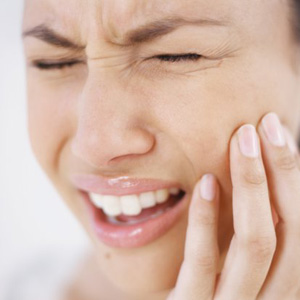
Even for older people, physical
exercise has been shown to actually increase activity in areas of the brain, and helps ward
off a host of cognitive impairments and enhances brainpower all life long. Michelle Voss, Assy. Prof. of Psychology,
Univ. of Iowa, and her team examined more than 100 studies on the topic. They
found that aerobic exercise improves ability to coordinate multiple things,
long term planning and the ability to stay on task for extended periods. Resistance training, such as lifting weights, improves the ability to focus
amid distracters. MRIs of people in
their 60s showed increases in gray and white matter just after six months of
exercise. This happens in the prefrontal and temporal lobes, sites that usually
diminish with age. With exercise, they grow.
Voss also explained that the hippocampus area of the brain, key for
memory formation, shrinks 1% to 2% per year over the age of 60. But if the same
people begin fitness regimens, it grows by 1% to 2% instead. Beyond growing one's brain, exercise improves
the ability of different parts of the brain to work together. Benefits can be
had by simple brisk walking for 45 minutes three times per week.
Source: Los Angeles Times
Robert G. Tupac, DDS, FACP, Inc., Diplomate, American Board of Prosthodontics (661) 325-1275 | www.drtupac.com 5060 California Ave., #170, Bakersfield, CA 93309














































